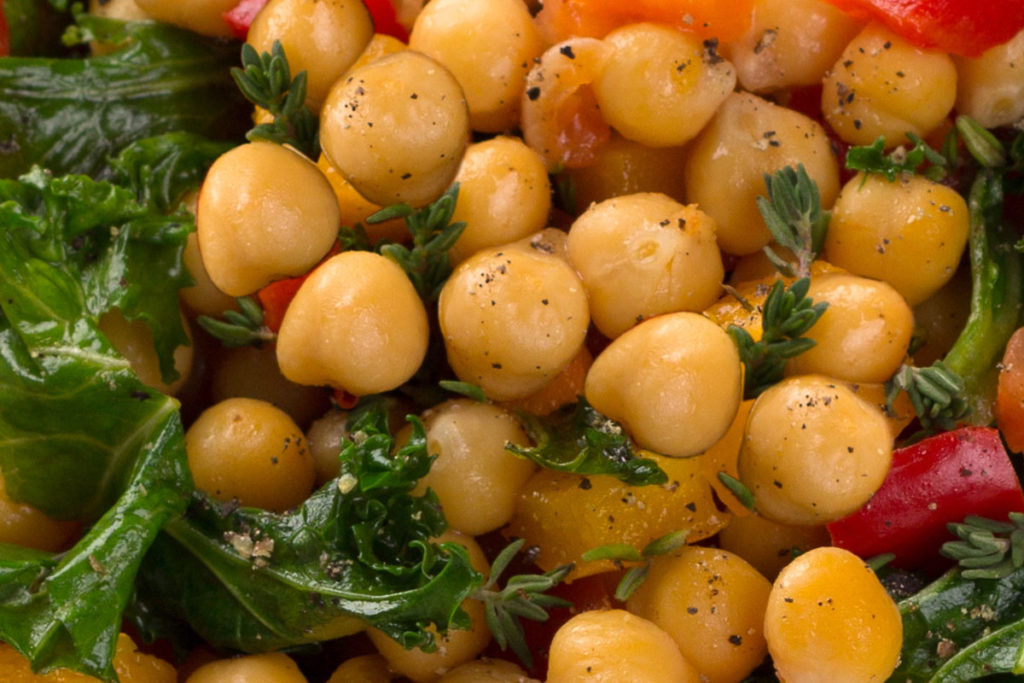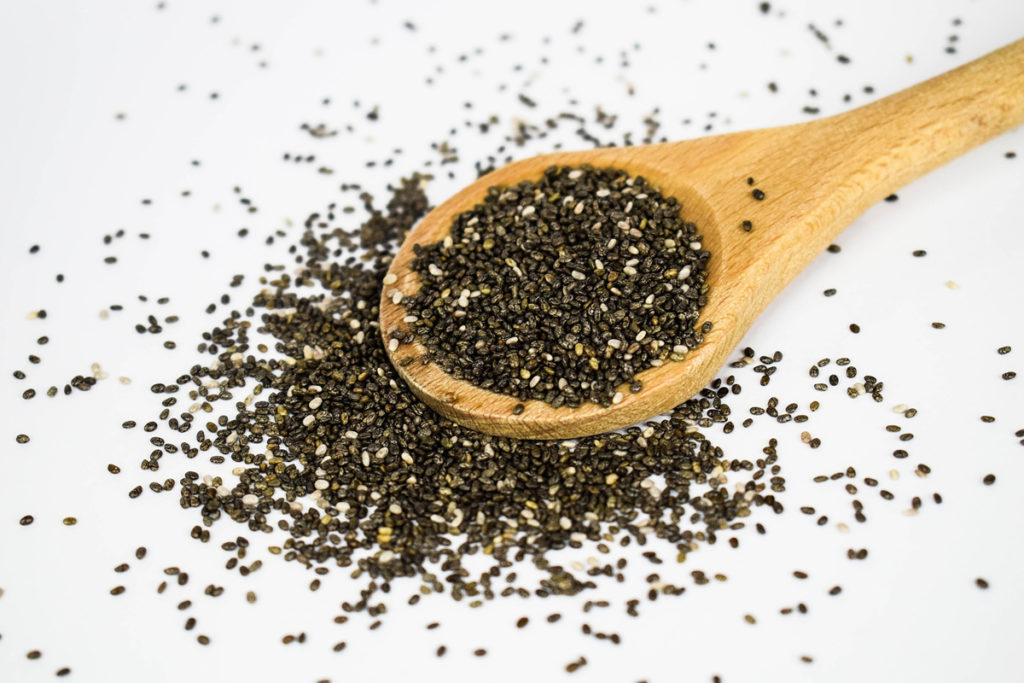Feeding the Teen Spirit
By providing sound direction, good food sources and a nurturing environment, parents can help ensure that teens make healthy dietary decisions now and develop good eating habits that last a lifetime. To offer your teens optimal support with their nutrition, use these tips from Jenna A. Bell-Wilson, MS, RD, LD, consultant for New Mexico Sports and Wellness in Albuquerque and Southwest C.A.R.E. Center in Santa Fe.
1. Teens Need Help. Recent studies have underscored just how vulnerable teens are. According to the U.S. Youth Risk Behavior Surveillance Survey, for example, under 24 percent of the 1,270 teen participants consumed the recommended five servings of fruits and vegetables per day, and a mere 18 percent drank three or more glasses of milk per day.
2. Adequate Calorie Consumption Is Vital. The Recommended Dietary Allowance is 2,200 calories per day for adolescent girls and 2,500 to 3,000 calories for boys. However, energy needs for growing adolescents can vary tremendously, depending on gender, rate of growth and stage of development.
3. Iron Is Important. Teenage boys require a diet high in iron because their muscle mass and blood volume increase during adolescence. Girls need to up their iron intake once they start menstruating. Excellent iron sources include meat, poultry and fish. Although iron can also be found in enriched cereals, beans, spinach and fortified soy products, these foods contain compounds that can impair iron absorption. One way to increase iron absorption is to eat these foods in conjunction with items that are high in vitamin C (e.g., tomatoes, oranges, green peppers, broccoli).
4. Calcium Is Key. During teen years, not only is the need for calcium high, but the ability to absorb and retain calcium is much higher than it is during other life stages. Unfortunately, teenage girls, especially, often get much less calcium than they need. Readily available sources include low-fat milk, yogurt and cheese; puddings; and soy products. Teens on the go can increase their calcium intake by grabbing string cheese or a container of yogurt.
5. A Healthy Breakfast Is the First Step. Teens need to understand that breakfast provides the energy they require to start the day on the right foot and avoid midmorning fatigue. Foods like whole-wheat toast, ready-to-eat cereal, instant oatmeal, a granola bar or a breakfast drink take little time to prepare.
6. An Inviting Kitchen Sends the Right Message. To entice teens to eat healthfully, start by checking your cabinets and refrigerator. Choices are essential for teens, and empty cupboards invite them to head for the nearest fast-food place. Keep a bowl of fresh fruit on display, and stock your refrigerator with precut raw vegetables, lean luncheon meat, a variety of yogurts and low-fat milk.
7. Junk Food Is Not the Way to Go. Avoid buying junk food, soft drinks and processed items, as these are not as nutrient-dense as whole foods. Contrary to popular belief, it is no more time-consuming to offer whole foods instead. Replace processed snacks with frozen yogurt, a peanut butter sandwich, a frozen fruit smoothie, veggies and dip, string cheese or air-popped popcorn.
8. A Good Role Model Makes a Difference. Make sure your own eating behaviors don’t negatively influence your teens. A healthy diet is a family affair. If you frequently skip breakfast or are a drive-through regular, why would your teens feel compelled to follow your advice?
9. Make Family Meals a Priority. Promote mealtimes as occasions to eat healthy food and preserve them as nonthreatening, argument-free times of the day. If possible, eat breakfast at the same time, pack lunches together in the evening and make dinner a family project.
10. Further Resources. If your teens are athletic or overweight, they will likely have special nutrition needs. For more information on teens and nutrition, see www.kidshealth.org, www.healthfinder.gov (try the link to “Just for You” and click on “Teens”) and www.navigator.tufts.edu.
This handout is a service of IDEA, the leading international membership association in the health and fitness industry.




